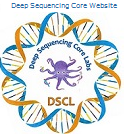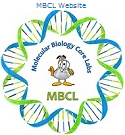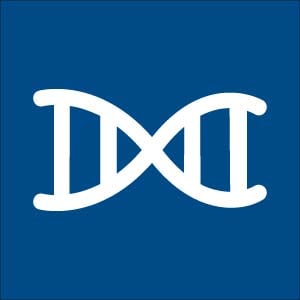PBCE Library FAQs
Tips for Improving Libraries

The Pacific Biosciences instruments perform sequencing in real-time using single-molecule primary (not amplified) material. At this time library inputs include DNA, cDNA, or RNA.
Since the instrument uses primary material it is critical that the samples submitted be in very good condition. Here are some suggestions for submitting the best possible sample and thus ensuring the best possible outcome.
As always, please send us your questions, suggestions, and feedback - this is an evolving page. Email us at PacBio@umassmed.edu.
High Quality DNA (DNA Samples are submitted as GENOMIC DNA, AMPLICON DNA or cDNA.):
- Genomic DNA should be high molecular weight and free of nicks.
- Amplicon DNA should be the result of log phase amplification (don't max out those cycles and reagents!). PCR products should be clean, without non-specific products or multiple bands.
- The cDNA samples should be generated without nicks or small fragments (we recommend the Evrogen Mint-2 Kit or similar style first strand synthesis)
- For AAV material, the Core recommends the use of the Invitrogen PureLink™ Viral RNA/DNA Mini Kit.
- Nicks can be repaired using the PreCR Repair Kit. Please do not use this if you are submitting for base modification detection.
- Samples should be in EB or water.
- Allow DNA to air-dry. Do not heat if drying in a speed-vac.
The Core offers conversion to cDNA (through the MBCL) if you prefer to submit RNA. If you desire the Core to perform the DNA/RNA extraction, please contact us to discuss the project ahead of time.
Submit sufficient material for a high-quality build. Current recommendations are:
- Iso-Seq™ (strand-specific RNA-Seq) requires 750 ng Total RNA
- A cDNA library of 500bp-1.5kb requires >=500 ng of cDNA
- A long-insert or Hi-Fi genomic library of 1.5-<30kb requires 1-5 µg of intact genomic DNA
- A long-insert genomic library >=30kb requires 10 µg of intact genomic DNA
- An amplicon library requires 500 ng of amplicon DNA
- An AAV library requires >= 500 ng, with 1 µg recommended
Request enough SMRTcells for the sequencing depth you need:
- If you are unsure about depth, please discuss your project with the Core or with a technical specialist from Pacific Biosciences. (We can refer you to the appropriate person.)
- Libraries can be barcoded and mixed, then data demultiplexed by the Core, by two methods: either "internally" using PacBio's M13 or Universal F/R Primers during amplicon prep or with barcoded adapters during library prep. This is recommended for cost-savings if you have multiple libraries that do not require a full SMRTcell of coverage.
- Please note that the predicted number of cells needed is based on the amount of target DNA. If the sample is contaminated with DNA from other organisms, more cells will be needed to reach your target depth.
Performance Issues -
Things which can cause libraries to perform badly (or not at all) on a PacBio Run

To avoid nicked or damaged DNA:
- Minimize Free-Thaw Cycles
- Do not expose to pH extremes
- Avoid vigorous vortexing or syringing
- Prevent oxidation
- Do not expose to nucleases
- Do not expose to prolonged high temperatures
- Do not expose to intercalating dyes or UV radiation
To avoid DNA with quality issues, try to make sure that your DNA does not:
- Contain insoluble material
- Contain RNA
- Have an OD260/280 outside the range of 1.8 to 2.0
- Contain EDTA or other chelating agents
- Contain divalent cations like Magnesium or Manganese or Calcium
- Contain denaturants like guanidine or phenol
- Contain detergents like SDS, Triton, Trizol reagent, etc.
- Contain contaminating material from starting tissue like heme from blood, pigments, polysaccharides, metabolites, polyphenols
To avoid RNA with quality issues, try to make sure that your RNA does not:
- Contain insoluble material
- Contain DNA
- Have an OD260/280 outside the range of 2.0 to 2.2
- Have an OD260/230 outside the range of 1.8 to 2.1
- Contain denaturants like guanidine or phenol
- Contain detergents like SDS, Triton, Trizol reagent, etc.
- Contain contaminating material from starting tissue like heme from blood, pigments, polysaccharides, metabolites, polyphenols
Overall recommendations:
- Check the literature for the best extraction methods for your sample type.
- Be as gentle as possible after lysis.
- If necessary, consider damage-repair or additional cleaning steps.
- Measure quantity and quality before proceeding with downstream steps.
- It may be more cost-effective to modify your extraction protocol and try again rather than proceed with sub-par material.


